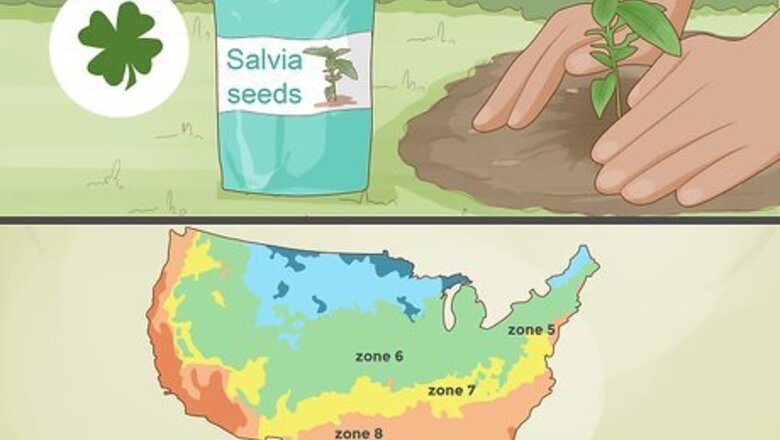
views
Choosing a Planting Date and Location
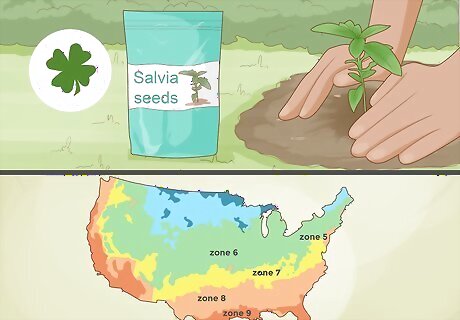
Plant salvia in the spring once the last frost has passed. Salvias are hardy plants that thrive in planting zones 5, 6, 7, 8, and 9. However, they don’t do well with frost. So, plant your salvia plants when you’re certain that there will not be any more frosts. Depending on where you live, this date can range between mid-March and Mid-May. If you’re not sure of the average date of the last frost where you live, check online. See average dates at: https://www.almanac.com/gardening/frostdates. If you live in the U.S., hardiness zones 5–9 cover roughly the lower half of the country.
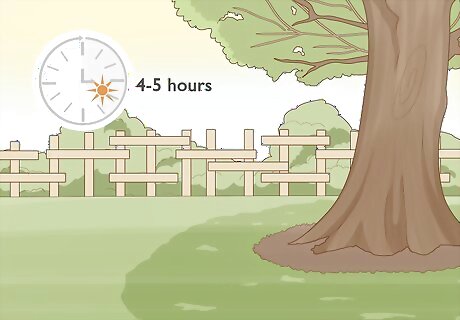
Choose a location in full sun or with partial shade. Salvia bushes thrive on direct sunlight. When you’re planning a location to plant your salvia bush in the ground, choose a spot that gets sunlight for at least 6 hours a day. It’s alright if the bush will be under a little bit of shade during this time. For example, it would be fine for a salvia bush to be under the shade of a tree for 1–2 hours. Avoid planting salvia bushes in a location where they’ll receive less than 4–5 hours of direct sun each day.
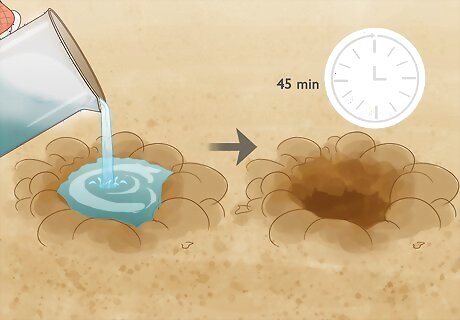
Plant the salvia bush in well-draining soil that won’t collect water. Salvia bushes don’t do well if water puddles on top of the soil or doesn’t drain away from their roots. So, plant the bushes in an area of your garden where the soil drains well. If you’re not sure whether or not your soil drains well, test it out by saturating a patch of soil with water. Return 15 minutes later and see if the soil has drained. If it hasn’t, wait 45 more minutes and check again. If the soil is still saturated, it drains poorly. If you live in a region that has gravel- or clay-rich soil that doesn’t drain very well, purchase a bag of topsoil from a local plant nursery and mix some in the top 12 inches (30 cm) of soil where you’ll plant the salvia. Well-draining soil allows water to pass through it quickly. It greatly decreases the chances of fungus or rot forming on the plant’s roots.
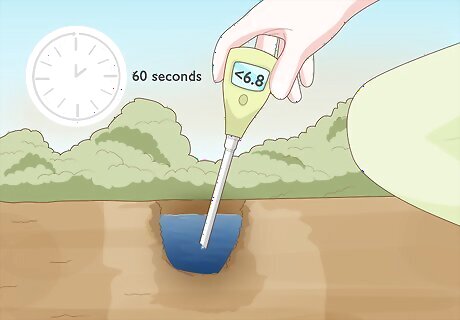
Test the pH level of your soil to see if it’s suitable for salvia plants. Salvia bushes prefer a slightly acidic soil with a pH level lower than 6.8, although they’ll also thrive in neutral soil with a pH value around 7. To test the soil, dig a hole 4 inches (10 cm) deep and fill it with water. Then, insert a pH test probe into the water. Keep it in the water for 60 seconds, then pull it out and take a reading from the side of the probe. You can purchase a pH test probe at a gardening center or plant nursery. If the soil pH level is much higher than 7, choose a different location to plant your salvia bushes.
Planting Salvia Bushes
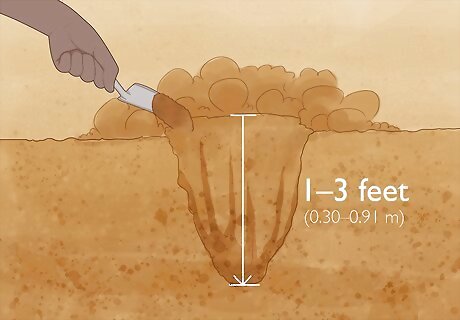
Use a shovel to dig a hole 12 inches (30 cm) deep. The hole should be twice the diameter of the plant’s roots to ensure that the salvia bush will not be cramped once it’s planted. If the roots are only 4–6 inches (10–15 cm) deep, you don’t necessarily need to excavate a full 12 inches (30 cm) of soil. But, at least use your shovel to loosen up the soil to that depth. If you’re not sure of the size of the plant’s root bundle, you can estimate by looking at the size of the container that the plant is in. If you’re planting multiple salvia bushes, space them out by 1–3 feet (0.30–0.91 m) so that their roots don’t overlap underground.
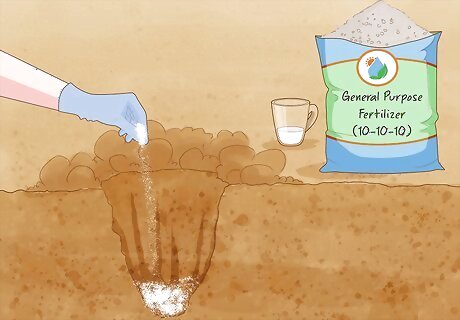
Add a general-purpose fertilizer to the soil. Before sticking your salvia bush in the ground, fertilize the soil you’ll be planting the salvia in. Use a 10-10-10 general-purpose fertilizer. Scoop about 1/4 cup (32 g) of loose, dry fertilizer into the hold you’ve dug. Use the blade of your shovel or your hands to work the fertilizer into the soil. You can purchase fertilizer at any nursery or home-improvement store.
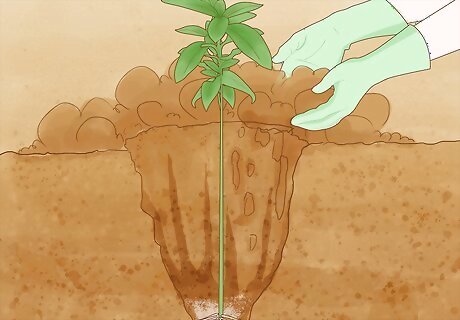
Plant the bush so the top of its roots are level with the soil surface. Pull the salvia plant out of whatever container it’s currently in. Lower it into the ground until the top of the bush’s root bundle is level with the surface of the soil. Carefully fill in the soil around the plant so that it remains in place. Use your hands to pack down the soil around the plant. The soil should be relatively loose so that water can permeate it. To make sure that the top of the root bundle is level with the soil’s surface, you may need to place some of the soil you dug out back into the hole.
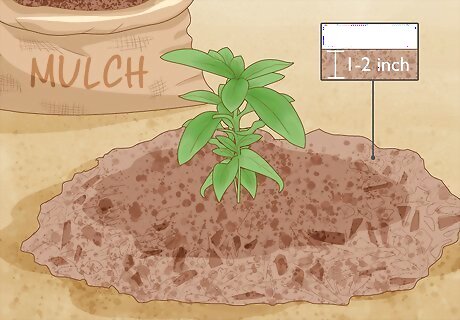
Add 1–2 inches (2.5–5.1 cm) of mulch on top of the salvia’s roots. Use a rake to spread a generous layer of mulch around the base of the salvia bush. Mulch traps moisture from the soil and prevents it from evaporating. This allows the salvia bush’s root system to absorb all of the water that it needs to survive. If you don’t have mulch on hand, purchase a bag at a plant nursery or a landscape-supply company. Or, you can make your own mulch from leaves, bark, tree branches, and other organic materials around your home.
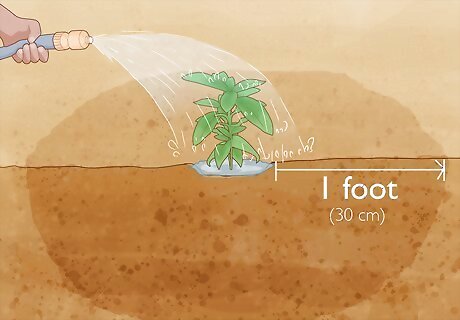
Water the salvia plant until the soil is saturated. Pull out a garden hose or watering can and water around the base of your salvia bush. The first time you water your salvia plant, saturate the soil at the base of the plant and at least 1 foot (30 cm) on all sides. Stop watering the plant before a puddle begins to form around its base.
Maintaining Your Salvia Plant
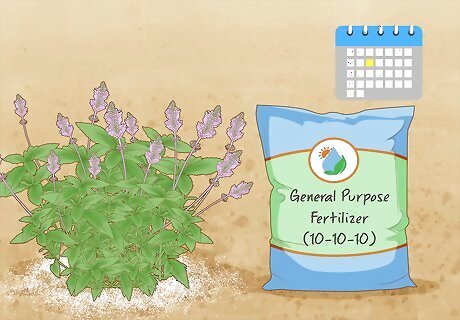
Fertilize your salvia bush with a general-purpose fertilizer once a month. Fertilizing the plant will make sure that it gets the nutrients that it needs. Once a month, scoop out about 1/8 cup (g) of fertilizer and distribute it around the base of the bush. Use a rake or trowel to work the fertilizer into the soil. If you’re over-fertilizing your salvia plant, you’ll notice that its stems become weak and bend over. Not all salvias need to be fertilized. If you planted your salvia bush in an ideal location (full sun, loose soil), it may only need to be fertilized every 2–3 months. If your salvia plant is growing strong without any fertilizer, you can skip fertilizing it. And definitely hold off fertilizing your salvia bush if it has weak, bent stems.
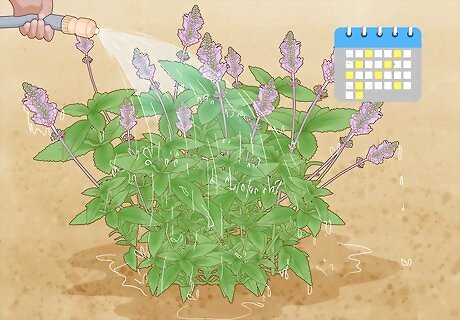
Water the salvia plant 1–2 times a week during dry periods. Salvia plants are drought-resistant, meaning that, as long as it’s receiving rain (or other precipitation) at least 2–3 times a month, you may not need to water your salvia plant at all. If you’re experiencing a dry spell, however, water the plant once or twice a week. Don’t quite saturate the soil, but water until it’s very damp. If you see the leaves of your salvia plant start to turn yellow, you’re overwatering the plant. Hold off watering the salvia again until its leaves have returned to a healthy green.
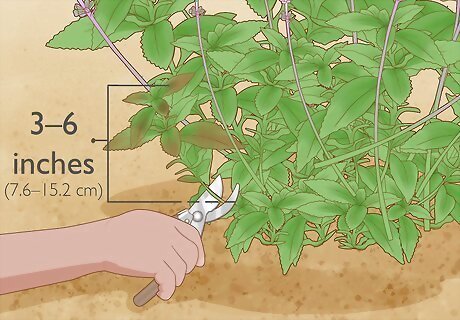
Prune bushy salvia plants in spring to remove dead and dying branches. Gardeners prune salvia bushes mostly for aesthetic reasons and to remove dead branches. If your salvias lost some branches and stems over winter, snip these off with a pair of pruning shears. Unlike other flowering plants (e.g., roses), salvia bushes do not need to be aggressively pruned. Gardeners typically need to prune only 3–6 inches (7.6–15.2 cm) at a time. Trimming your salvia plants in early spring (before the growing season starts) ensures that you won’t remove any new growth.
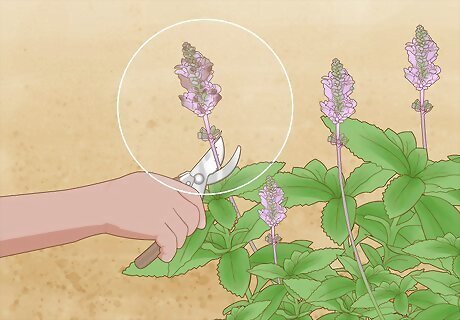
Trim off dead flowers to encourage your salvia bush to bloom. Once flowers from a salvia plant begin to fade, they’ll dry up and turn into seed pods. If you don’t want your salvia bushes to produce seeds and would rather they continue to produce flowers, trim off dead flower heads. The practice of removing dead flower heads is called “deadheading.”
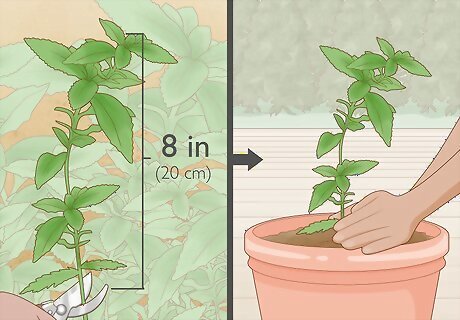
Take salvia cuttings in spring when bushes are covered in new growth. If you’d like to propagate new salvia bushes from bushes that you’re already growing, try taking cuttings. Late in the spring months, trim off an 8 in (20 cm) long section of a non-flowering salvia stem. Make the cut just below the node where 2 leaves grow out from the stem. Snip off the lower leaves and stick the end of the cutting into a small pot full of damp cutting compost. After 3 weeks in the cutting compost, plant the cutting in a pot with well-draining soil. Purchase cutting compost at a home-improvement store or plant nursery. Cutting compost is rich in nutrients that cuttings need to grow.













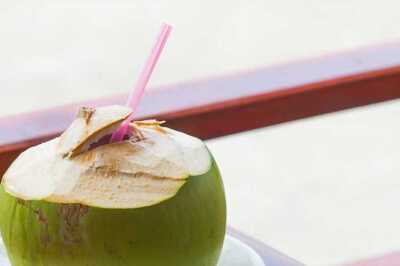
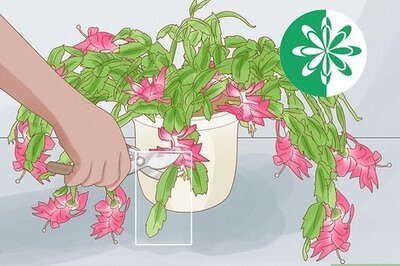

Comments
0 comment